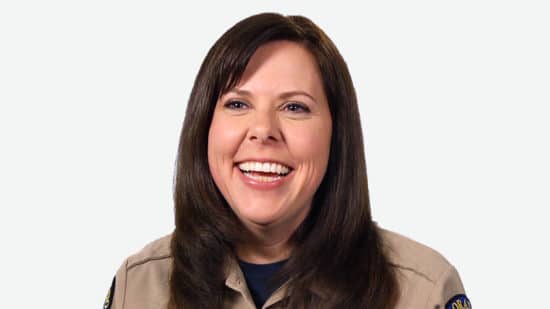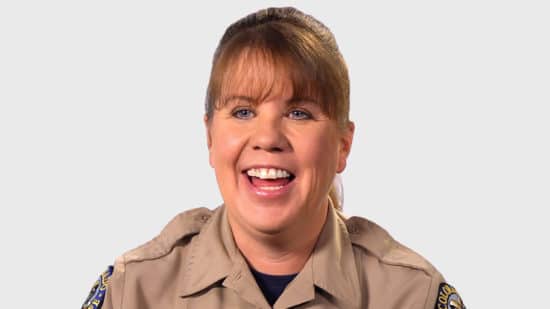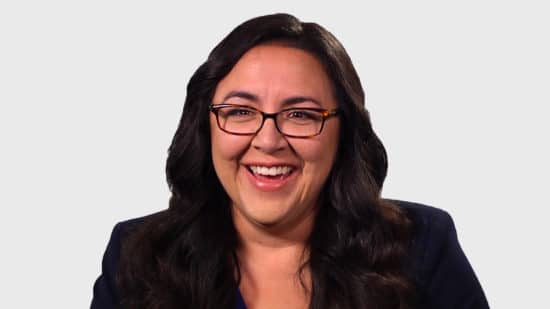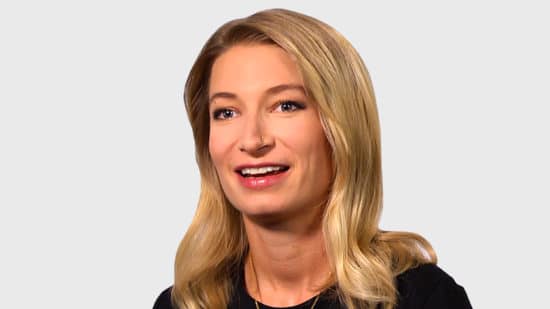Conservation Scientist
What you need to know
Conservation scientists and foresters manage the overall land quality of forests, parks, rangelands, and other natural resources.
Conservation scientists and foresters typically work in offices, in laboratories, and outdoors, sometimes doing fieldwork in remote locations.
When visiting or working near logging operations or wood yards, they wear a hard hat and other protective gear.
Some of the things a conservation scientist might do:
- Oversee forestry and conservation activities to ensure compliance with government regulations and habitat protection
- Negotiate terms and conditions for forest harvesting and for land-use contracts
- Establish plans for managing forest lands and resources
- Monitor forest-cleared lands to ensure that they are suitable for future use
- Work with private landowners, governments, farmers, and others to improve land for forestry purposes, while at the same time protecting the environment
Watch this video to learn about what our conservation scientist role models do in their careers:
- Analytical skills: Conservation scientists and foresters must evaluate the results of a variety of field tests and experiments, all of which require precision and accuracy. They use sophisticated computer modeling to prepare their analyses.
- Critical-thinking skills: Conservation scientists and foresters reach conclusions through sound reasoning and judgment. They determine how to improve forest conditions, and they must react appropriately to fires.
- Decision-Making skills: Conservation scientists and foresters must use their expertise and experience to determine whether their findings will have an impact on soil, forest lands, and the spread of fires.
- Management skills: Conservation scientists and foresters need to work well with the forest and conservation workers and technicians they supervise, so effective communication is critical.
- Physical stamina: Conservation scientists and foresters often walk long distances in steep and wooded areas. They work in all kinds of weather, including extreme heat and cold.
- Speaking skills: Conservation scientists and foresters must give clear instructions to forest and conservation workers and technicians, who typically do the labor necessary for proper forest maintenance. They also need to communicate clearly with landowners and, in some cases, the general public.
Watch this video to learn more from our conservation scientist role model:
The average pay for conservation scientists and foresters in the United States was $68,750 in May 2023 according to the U.S. Bureau of Labor Statistics.
The specific pay depends on factors such as level of experience, education and training, geographic location, and specific industry.
About 3,000 new job openings for conservation scientists and foresters are projected each year, on average, over the next 10 years in the United States.
Overall employment of conservation scientists and foresters is projected to grow 4 percent from 2022 to 2032 according to the U.S. Bureau of Labor Statistics. This is about as fast as the average growth rate for all occupations.
Most employment growth is expected to be in state and local government-owned forest lands, particularly in the western United States.
In recent years, the prevention and suppression of wildfires has become the primary concern for government agencies managing forests and rangelands.
State and local governments are likely to hire more foresters as the number of forest fires increases and more people live on or near forest lands.
Conservation scientists and foresters typically need a bachelor’s degree in forestry or a related field, such as agricultural science, rangeland management, or environmental science.
Bachelor’s and advanced degree programs in forestry and related fields typically include courses in ecology, biology, and forest resource measurement. Scientists and foresters also typically have a background in Geographic Information System (GIS) technology, remote sensing, and other forms of computer modeling.
Discover some of the courses you will take pursuing a degree in Environmental Science or Agricultural Studies.
Watch this video to learn more from our conservation scientist role model:








